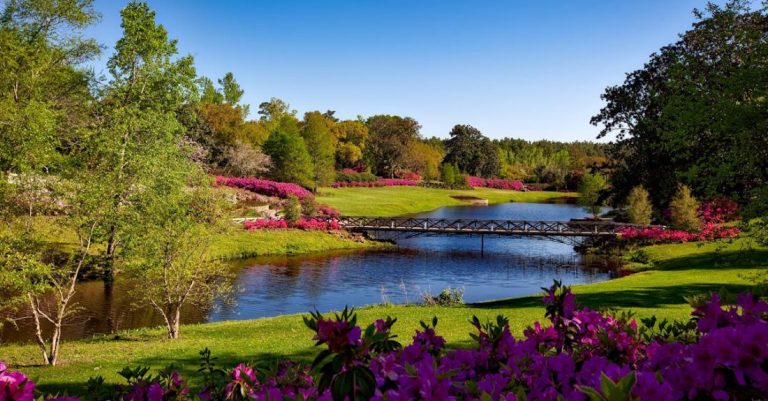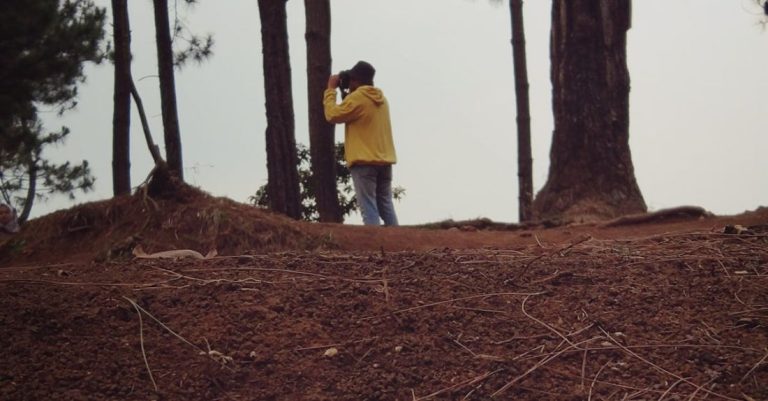
Exploring the great outdoors through nature walks is a fantastic way to connect with nature and enjoy the beauty of the world around us. One of the most exciting aspects of nature walks is the opportunity to observe wildlife in their natural habitats. Combining nature walks with wildlife viewing can provide an enriching and unforgettable experience for outdoor enthusiasts. Here are some tips on how to make the most of your nature walks while maximizing your chances of spotting wildlife.
Choosing the Right Location
Selecting the right location is crucial when it comes to combining nature walks with wildlife viewing. Research different nature reserves, national parks, or wildlife sanctuaries in your area that are known for their diverse range of wildlife. Look for places that offer a variety of habitats such as forests, wetlands, or grasslands, as different types of wildlife are attracted to different environments. Prioritize areas that have a high probability of wildlife sightings based on recent reports or recommendations from local wildlife experts.
Timing is Key
The timing of your nature walk can greatly influence your chances of encountering wildlife. Many animals are more active during the early morning or late afternoon when temperatures are cooler and food sources are plentiful. Plan your nature walk during these optimal times to increase the likelihood of spotting wildlife. Additionally, consider visiting during the spring or fall when many species are more active due to mating seasons or migration patterns.
Stay Patient and Observant
Patience is key when it comes to wildlife viewing during nature walks. Wildlife can be elusive and may require careful observation and quiet movements to spot them in their natural habitats. Take your time to observe your surroundings, listen for any sounds of wildlife, and scan the area with binoculars if necessary. Avoid making sudden movements or loud noises that could scare away potential wildlife sightings. Remember that wildlife viewing is a game of chance, and sometimes it’s just a matter of being in the right place at the right time.
Respect Wildlife and Their Environment
While it can be tempting to get as close as possible to wildlife for a better view or photo opportunity, it’s important to always prioritize the well-being of the animals and their natural habitats. Keep a safe distance from wildlife to avoid causing stress or disturbance to the animals. Never feed wild animals as it can disrupt their natural behaviors and lead to dependency on humans for food. Take care to stay on designated trails and follow any rules or guidelines set forth by the nature reserve or park to protect the environment and wildlife.
Enhance Your Experience with Binoculars and Field Guides
Investing in a good pair of binoculars can greatly enhance your wildlife viewing experience during nature walks. Binoculars allow you to observe wildlife from a distance without disturbing them, providing a closer look at their behaviors and characteristics. Additionally, carrying a field guide specific to the region’s wildlife can help you identify different species you encounter along the way. Field guides often include detailed descriptions, illustrations, and information on the habitat and behavior of various animals, making it easier to appreciate the biodiversity around you.
Conclusion: Embrace the Magic of Wildlife Encounters
Combining nature walks with wildlife viewing offers a unique opportunity to immerse yourself in the wonders of the natural world. By choosing the right location, timing your walks strategically, practicing patience and respect, and using tools like binoculars and field guides, you can maximize your chances of spotting a variety of wildlife during your outdoor adventures. Embrace the magic of wildlife encounters and cherish the moments spent observing these magnificent creatures in their natural habitats. Remember to tread lightly, leave no trace, and continue to foster a deep appreciation for the beauty and diversity of our planet’s wildlife.





